Ellen Britt for CNT #wooftips
As a responsible dog owner, of course you want to do the right thing when it comes to your beloved canine companion.
In this age of instant news with the rise of social media, information, whether it’s exactly right or not, can circle the globe in mere seconds and suddenly we are seeing it everywhere. Before you know it, something that is really only anecdotal and is not supported by science, becomes “common knowledge.”
One of these instant memes concerns the idea that dogs will get sick from GVD and even die as a result of drinking cold water or eating ice. GVD stands for gastric dilatation and volvulus and is a serious condition where the stomach becomes filled with air and bloats. This is most commonly seen in adult dogs or puppies who ingest water or a meal very, very rapidly. While this bloating can be quite uncomfortable for dogs, it nearly always resolves itself if the stomach remains in its normal position.
But if the dog’s stomach then flips on itself and becomes twisted, then this is a true emergency and requires immediate surgery to attempt to save the life of the dog.
Risk Factors For GVD
The risk factors for developing GVD with volvulus incease with large chested breeds such as German shepherds, Great Danes, Dobermans, Standard poodles and others.
Eating habits also play a part, and include an increased risk for dogs that are fed one large meal per day. Feeding dogs from elevated food bowls is also thought to increase the risk.
But what is not a risk factor is giving the dog cold water or allowing the dog to eat ice. When dog owners give their dogs ice water or ice, it’s usually because it’s very hot outside and the dog has been exercising and is hot and thirsty. The dog naturally drinks the water as fast as possible to quench his thirst and it’s this rapid ingestion that is thought to contribute to the development of GVD, not the temperature of the water.
It’s much better to make sure your dog drinks and eats slowly, which might mean giving your dog smaller amounts of food and liquid at intervals instead of all at once.
If your dog does rapidly ingests a large amount of water or food, don’t let him play or run or jump for an hour or two afterward as this will decrease the chance that his air filled stomach can flip over on itself. There are also special bowls that are designed to prevent your dog from eating too fast.
In general, it’s a good idea to always have your dog rest after eating and drinking and to avoid play immediately after eating and for an hour or two, especially if he is a deep chested breed.
These dog breeds are more prone to GVD
German shepherd
Great Dane
Doberman
Standard poodle
Saint Bernard
Irish setter
Old English Sheepdog
Irish Wolfhound
Bouvier
Mastiff
Akita
Signs Of GVD
Signs of GVD with volvulus are: restlessness, drooling, panting, pacing, retching in the early stages then as the condition worsens symptoms can include abdominal swelling, paleness of the gums, obvious pain, weakness and then collapse.
GVD is an absolute emergency situation for any dog and must be aggressively treated with immediate surgery if the dog is to survive.
By Ellen Britt
Dr. Ellen Britt has loved dogs since she was a child. She is particularly fond of the Northern breeds, especially Alaskan Malamutes. Ellen worked as a PA in Emergency and Occupational Medicine for two decades and holds a doctorate (Ed.D.) in biology.





























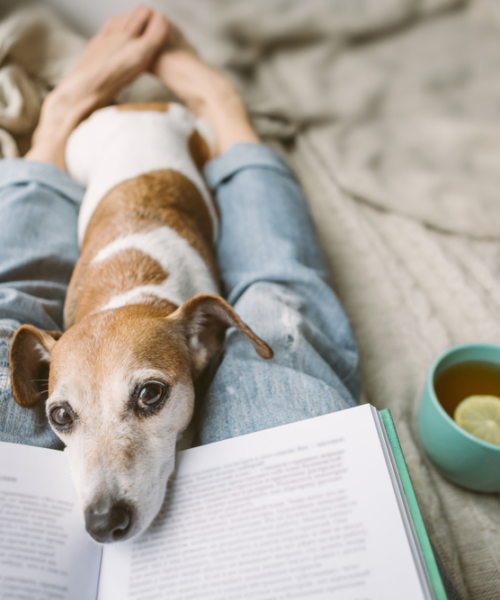
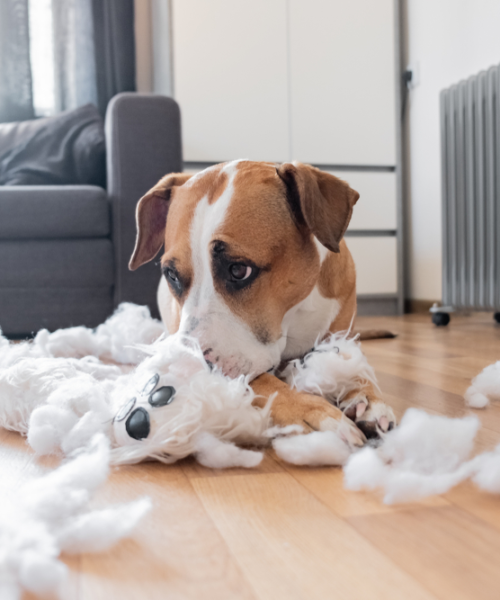
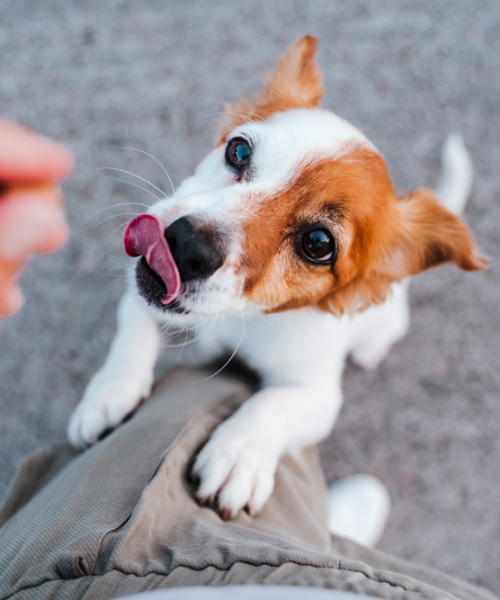
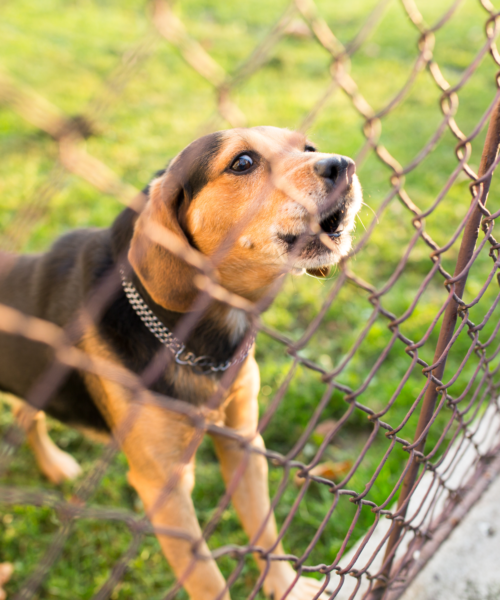

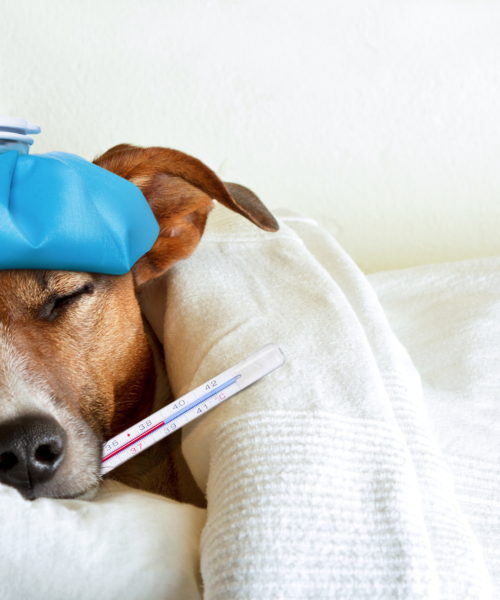
[…] https://citynewsandtalk.com/drinking-water-temperature-your-dog-and-gvd/ Give Feedback on Facebook Comments Below […]